For National Geographic Nordic
- SEACHANGE POST #2
VEGA ARCHIPELAGO
I have been travelling southwards from Lofoten along the coastal road of Helgelandskysten to the Vega Archipelago – a UNESCO world heritage site. As described by UNESCO: ‘The Vega Archipelago is a shallow-water area just south of the Arctic Circle, on the west coast of Norway – an open seascape and coastal landscape made up of a myriad of islands, islets and skerries. A cluster of low islands centred on the more mountainous islands of Vega and Søla bear testimony of how people developed a distinctive, frugal way of life centred around fishing, farming and the harvesting of eider down (the down of the eider duck) in an extremely exposed seascape’.
I am visiting Toril Bonsaksen, a norwegian artist who together with her husband Arne Sørra recently bought a property on the island of Tåvær close to the place they both grew up. Though busy in Oslo Toril now spends all the time she can on Tåvær working not just on her own art projects but also renovating the houses of the island in accordance to the building heritage of the area. Taking time out of her busy schedule between exhibitions and local heritage preservation to introduce me to some of the local customs is a real treat and has made me absolutely fall in love with this low lying coastal community and its vernacular. It is not often you experience a community where the historic traces of the linkage between nature and society is as strong as you find it it here.
The captions under each photo will give you an insight to the area.
You can also follow the facebook page COASTSeachange or the instagram account @ras_coast for more images.
// Rasmus Hjortshøj - COAST Studio
I am visiting Toril Bonsaksen, a norwegian artist who together with her husband Arne Sørra recently bought a property on the island of Tåvær close to the place they both grew up. Though busy in Oslo Toril now spends all the time she can on Tåvær working not just on her own art projects but also renovating the houses of the island in accordance to the building heritage of the area. Taking time out of her busy schedule between exhibitions and local heritage preservation to introduce me to some of the local customs is a real treat and has made me absolutely fall in love with this low lying coastal community and its vernacular. It is not often you experience a community where the historic traces of the linkage between nature and society is as strong as you find it it here.
The captions under each photo will give you an insight to the area.
You can also follow the facebook page COASTSeachange or the instagram account @ras_coast for more images.
// Rasmus Hjortshøj - COAST Studio
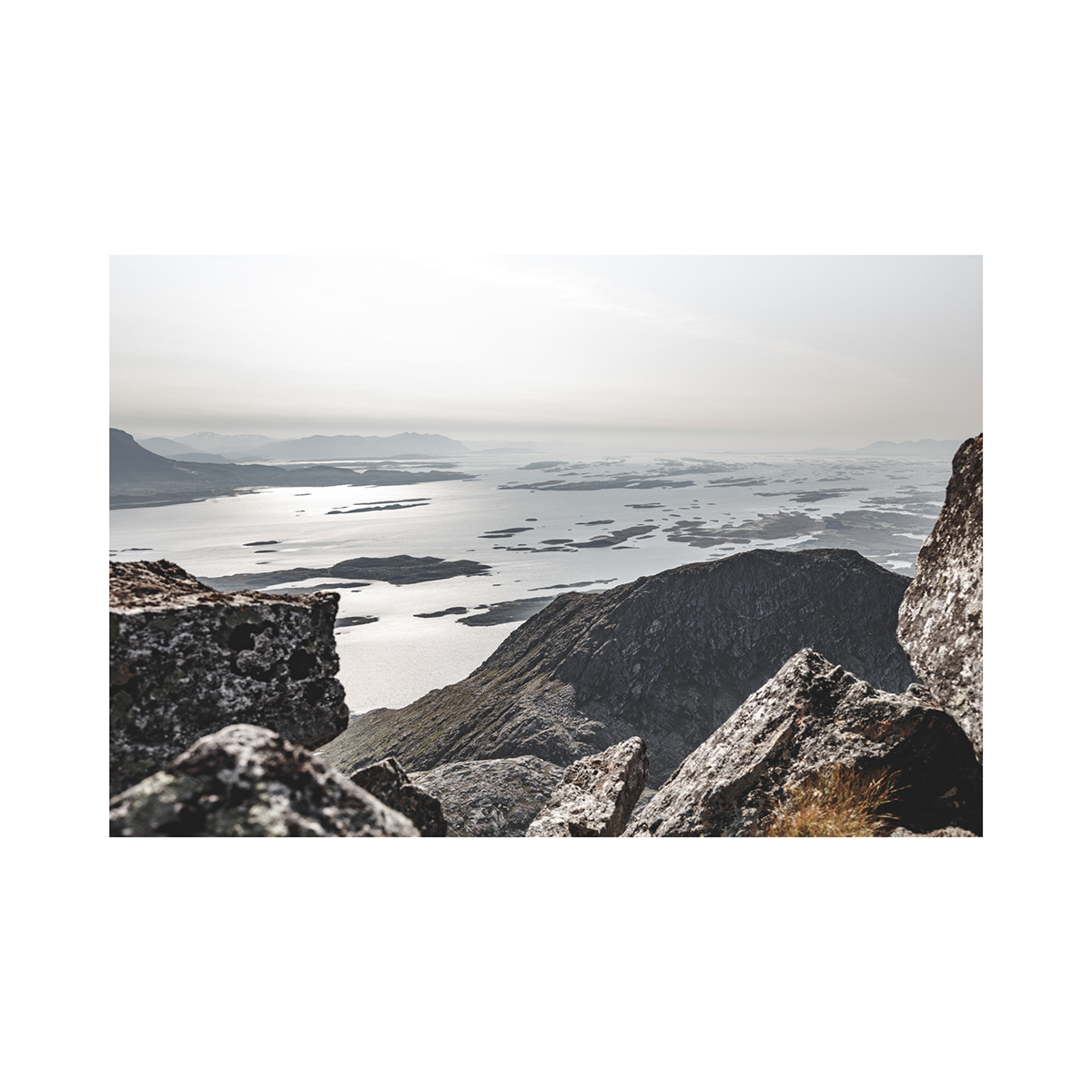
Overlooking the Vega Islands from ‘Nesen’ on Dønnamannen - a mountain peak of 858 metres on the island Dønna in the eastern part of the archipelago
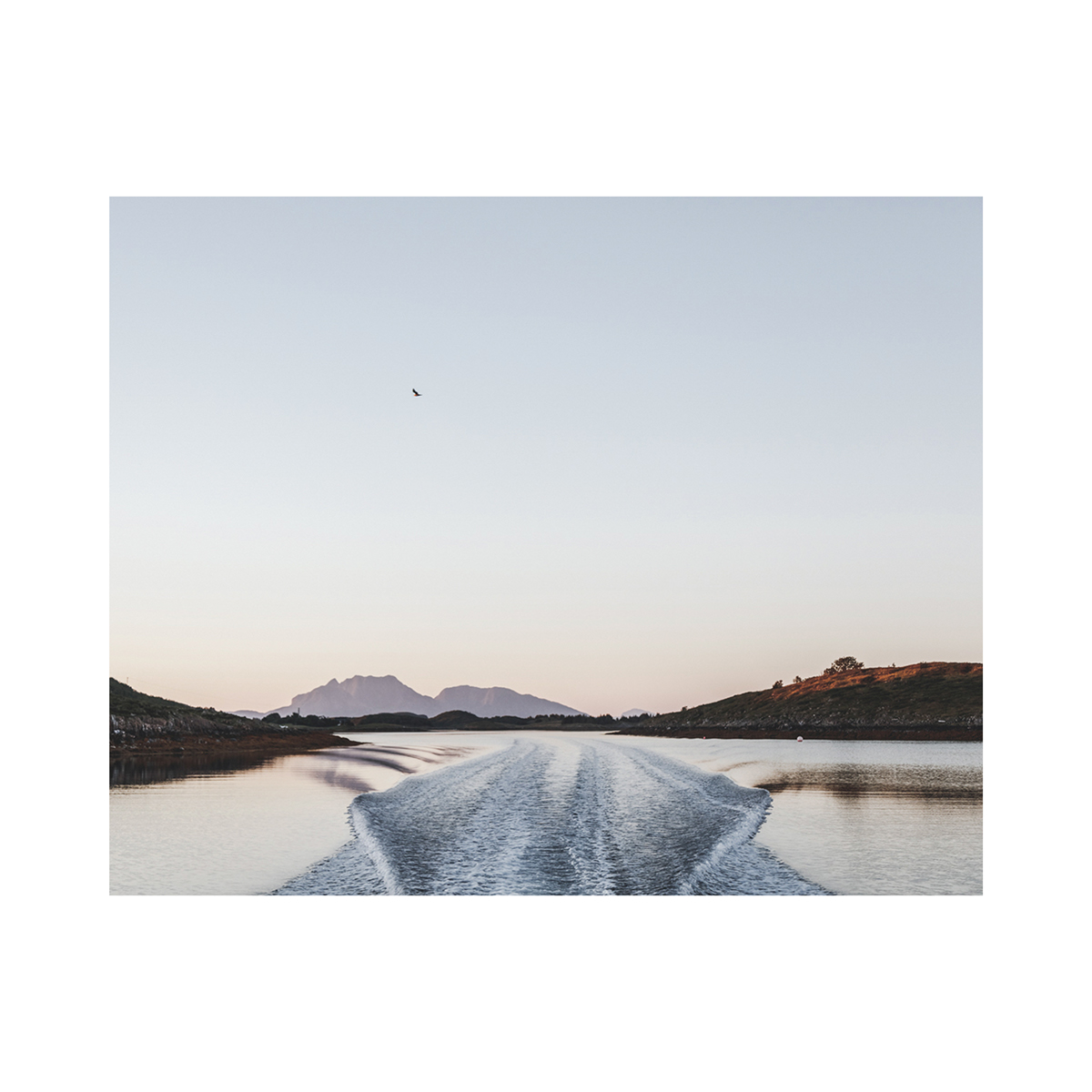

Arriving at Tåvær. The home lies on one of the many tidal beaches of the island. When the moon is full the surf reaches up to the top rocks. Like seen all over Lofoten, the various functions of the home are broken down into each their own structure. From the right: utility house, main house (from 1875), post office and shop, outhouse, barn, eldhus (in the back) and boathouse behind us.
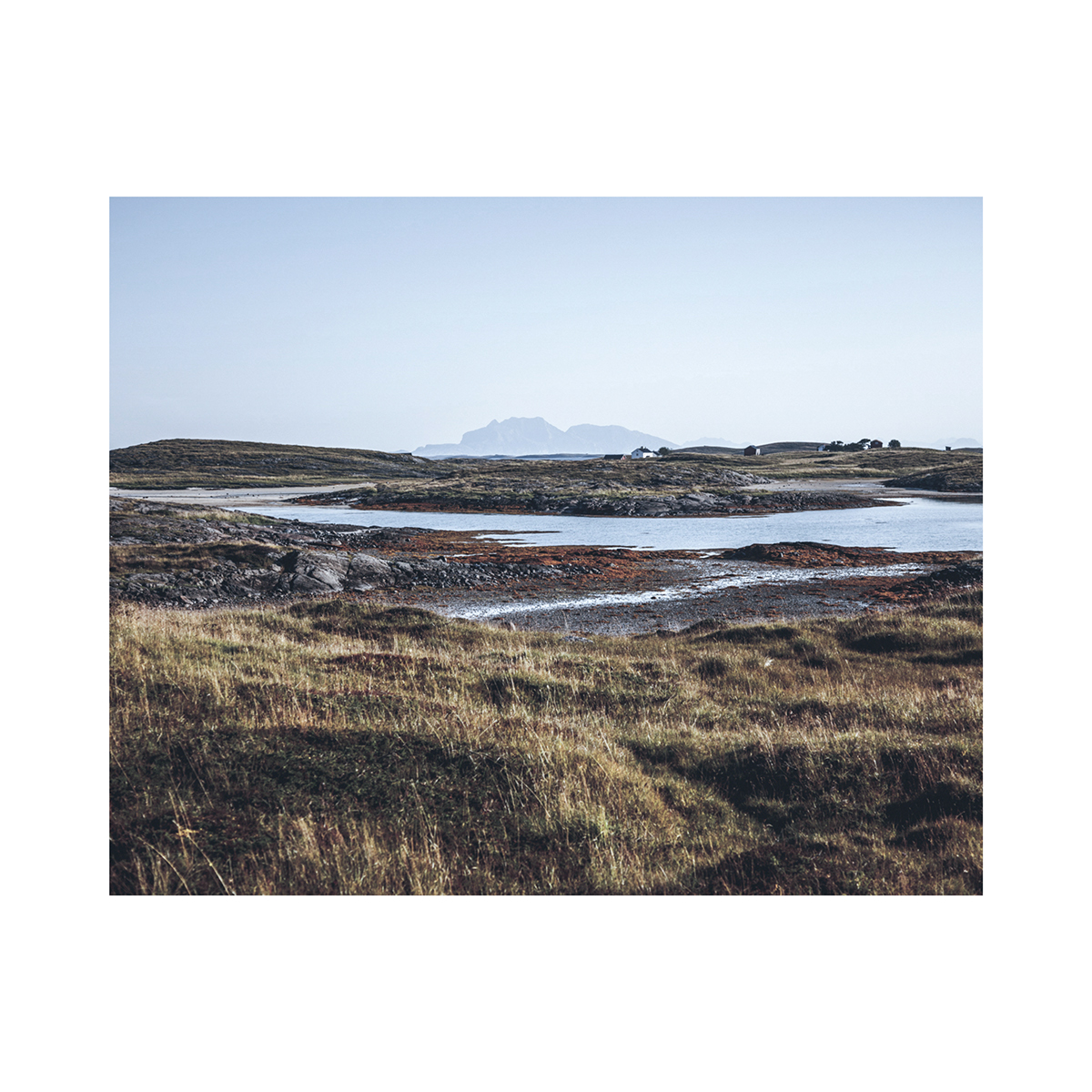
Tåvær is a very small island housing 3 properties in total. It used to be the trading post and post office for most of the islanders in the western part of the archipelago. You can still find old letters, rusty scales, shoe repair equipment, women’s hats and gowns and dried up coffee and peas left behind by the former owners when they finally deserted the place in 1985

The sheep on Tåvær strafe around all over the island. They are owned by a herder from another island, but they keep the vegetation on Tåvær low and provides a bit of meat and a lot of atmosphere.
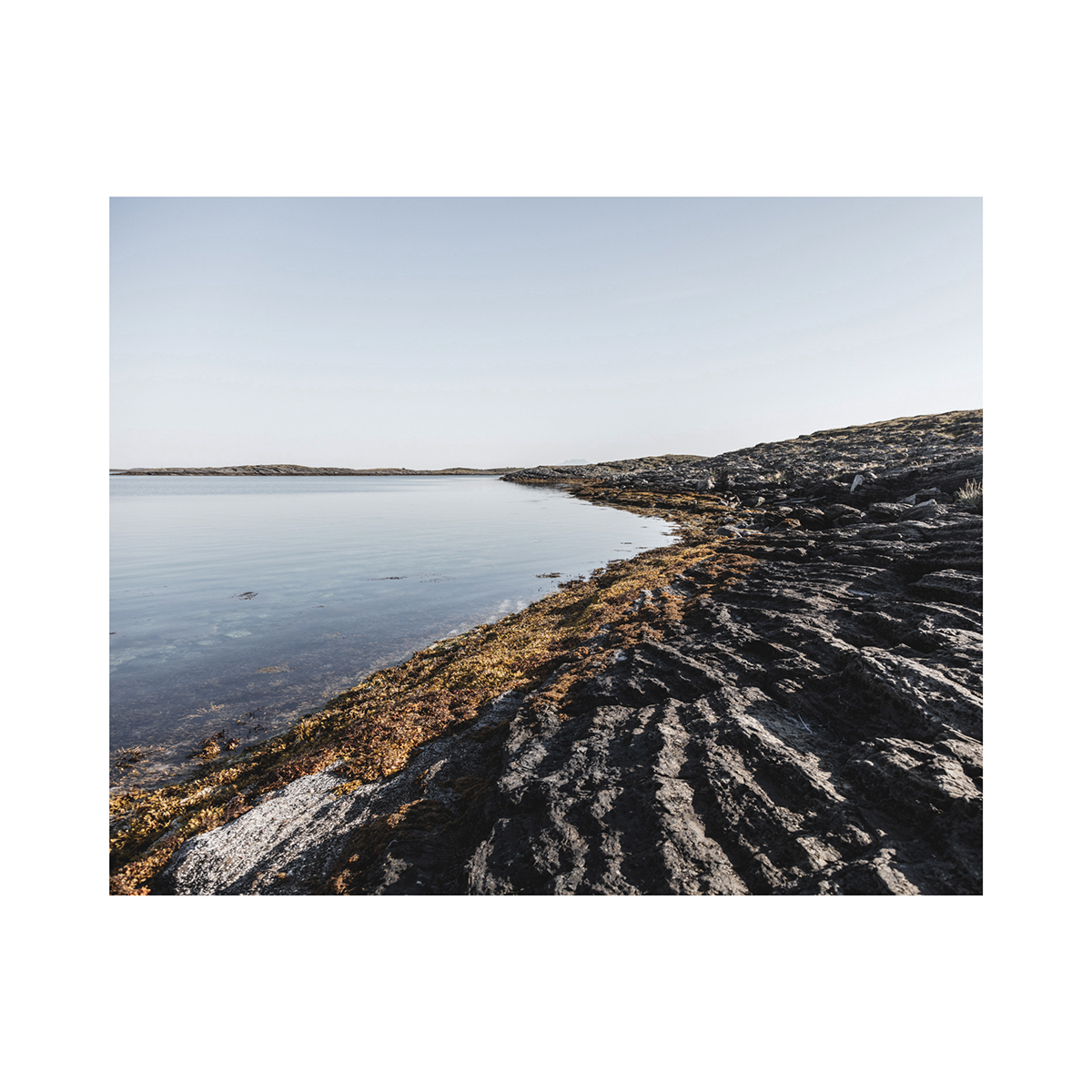
The nature here is amazing with the tidal beaches, marsh areas and cliff formations. The land seems fertile but it's very scarse and vegetation is held down by a salty sturdy breeze from the Norwegian Sea, so fishing would be the major income year round - come rain or come shine.


So much life above and below the surface. Here a view towards the island Vega with Tåvær in the foreground.
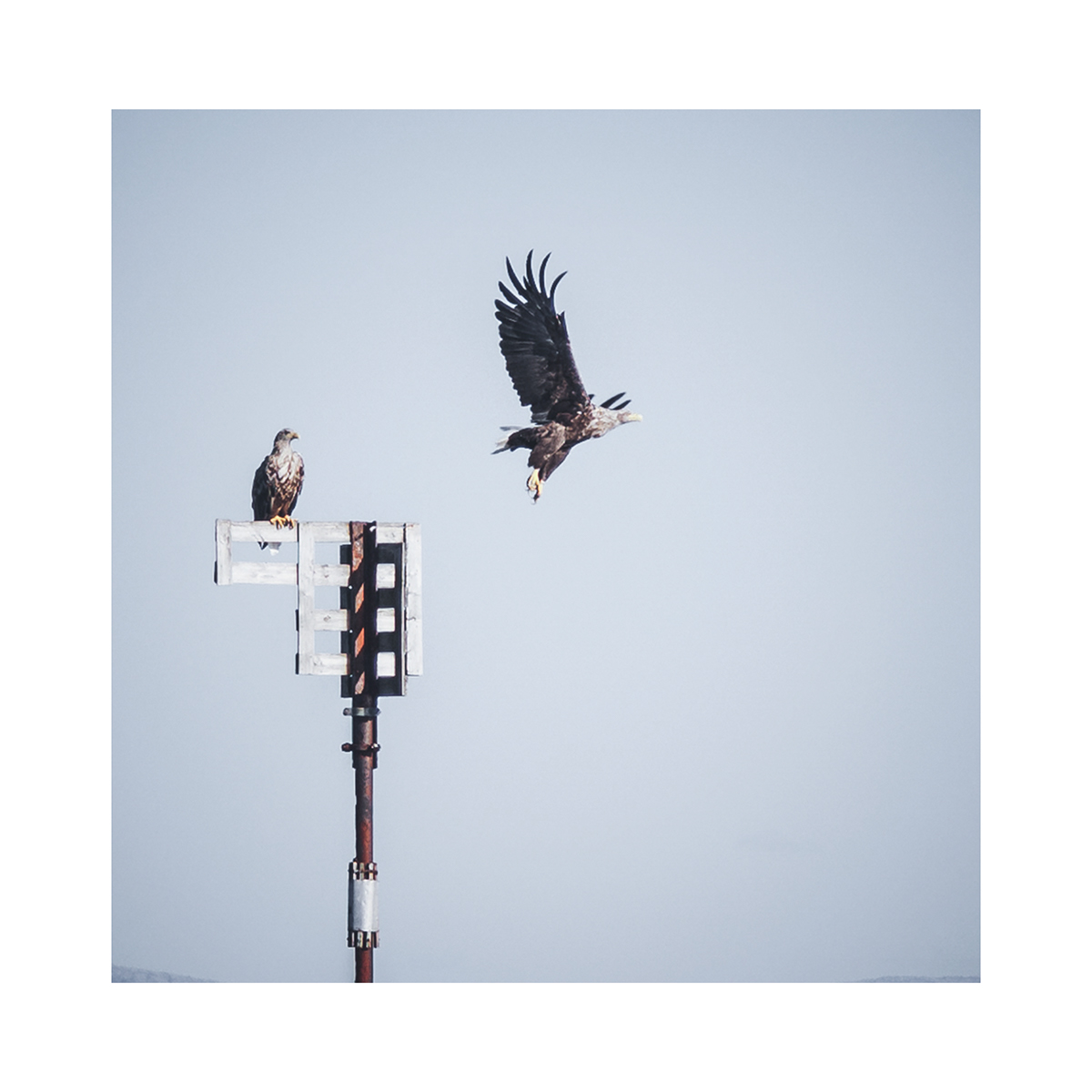
A couple of sea eagles at Husvær. They are very common in this area.
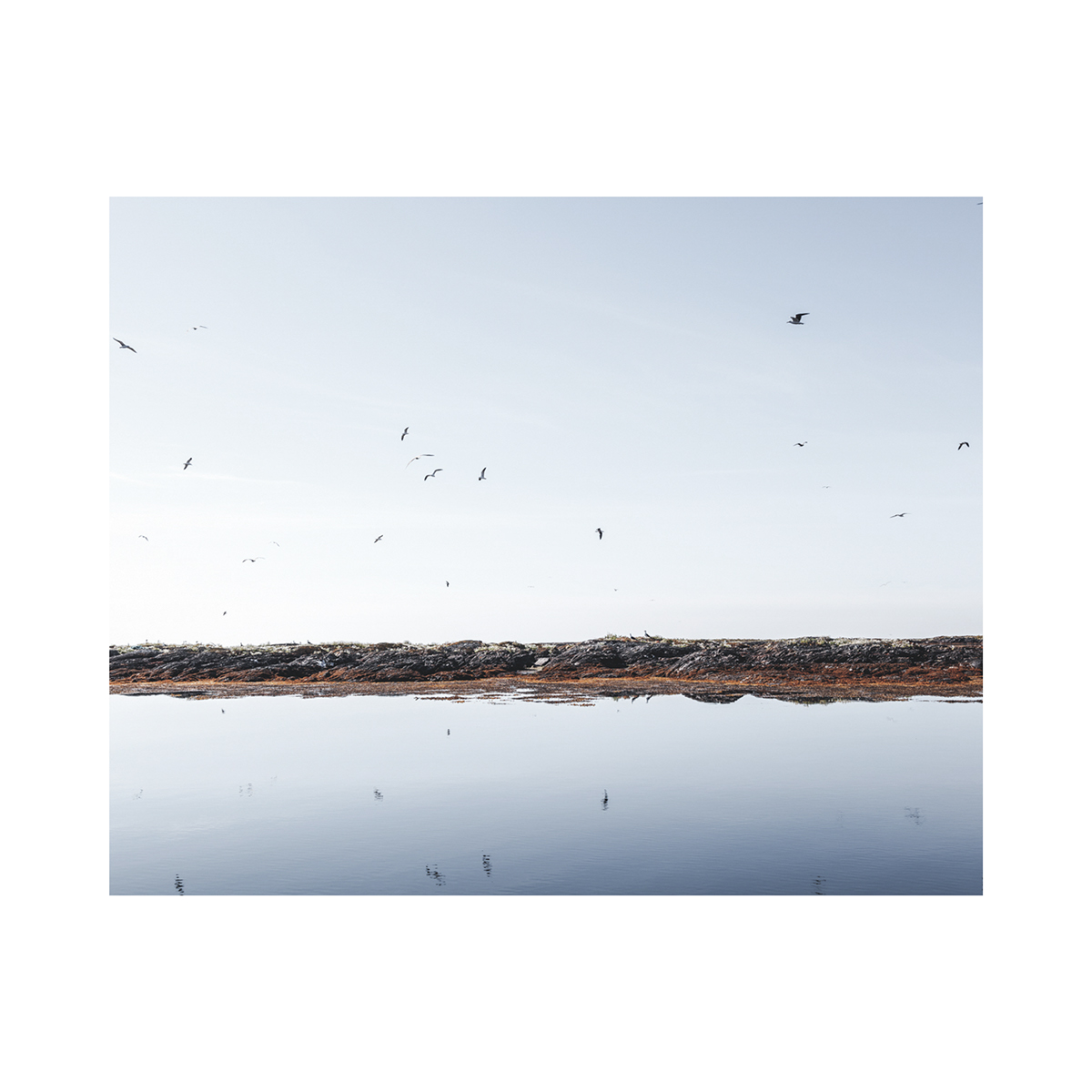
… however, it’s not he eagles but the seagulls that rule the airspace here. Quite a tough bunch that didn’t accept any intruders.

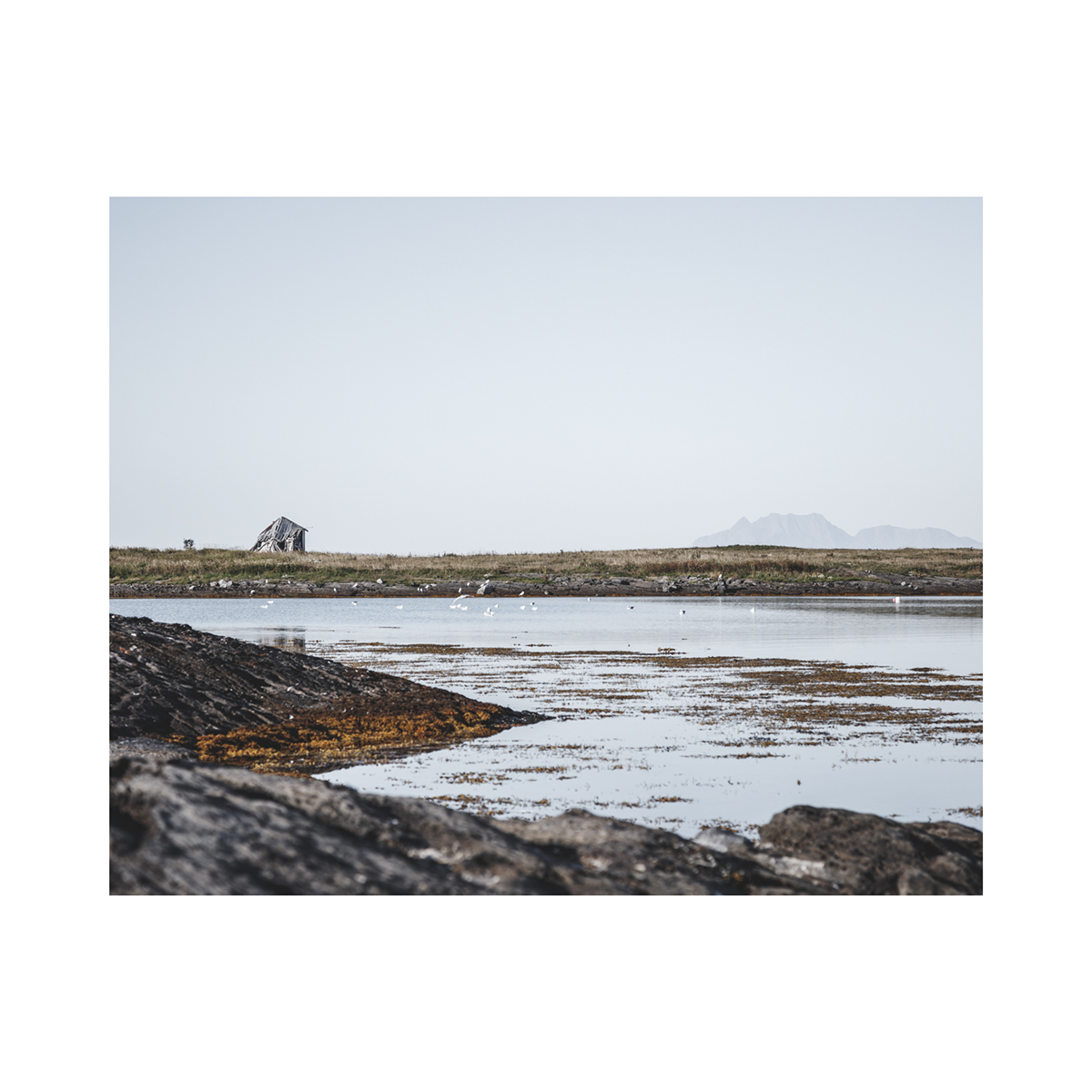
Most settlements in the archipelago started to vanish around the 1950’s when major corporations on the main land like the aluminium plant in Mo I Rana needed to attract a larger workforce and could offer a life less extreme than what was custom on the outer banks of the skærgård. The timber houses that once were disassembled, used as rafts and then reassembled as homes on another island in the archipelago were now left behind for something modern and more comfortable, rendering schools and businesses obsolete. In the back you see how buildings can also turn into skeletons. The light grey timber preserved by the salty air.
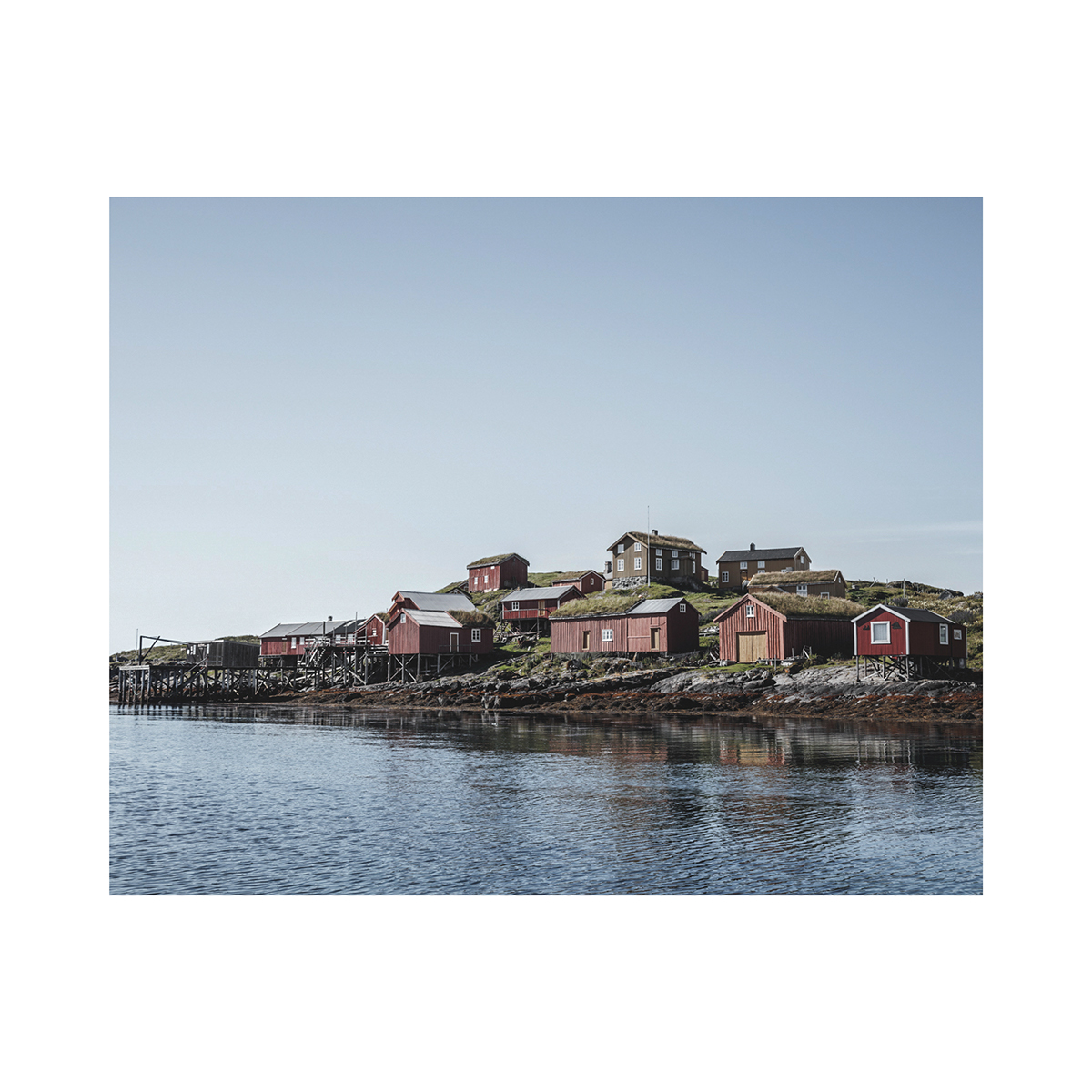
Skærvær holds a (refurbished) settlement of original Nordland buildings. It seems they are all arranged in the same orientation with either the gable or the pitched roof facing the wind and the sea and placed in close proximity sheltering each other from the winds - soil on the roof provides extra insulation. One of the building is the school building. Kids from the neighboring islands used to have a ‘2 on 2 off’ rotation system here – that’s 2 weeks in school where they lived on Skærvær and 2 weeks at home helping in the house. Times were different.


One of the reasons the cultural landscape of the Vega Archipelago is listed as a World Heritage Site is because of the mutually beneficial relationship between man and nature. The eider birds in the area are attracted to people because they know that man protects them against predators and poachers and provides food and shelter. In return man takes eggs and most importantly the feathers that the birds pluck off themselves to make their nests. When the birds leave the feathers are collected and turned into luxurious blankets and pillows for either the household or to be sold on mainland. Along with fishing the eider feathers were the main income in the area but required a long term relationship with the birds and also space to shelter them. These small pitched shelters are called 'ehus' as seen here on Skærvær, one of the outer islands in the region. These are made for the eider birds to nest in safe accommodation.

A view of the boathouse and the common pile structure leveling it to the ground. Also the pulley on the top gable for hoisting the boat or goods is a common feature.

The eldhus (fire house) of tåvær where you have the adobe furnace for cooking a baking. Here you see the different layers the building is made from with timber structure and planks on the outside. The gap between provides some insulation while also ventilating the planks keeping them free from rot. On the roof you see 5 layers of freshly layed birch bark and soil with grass for insulation.

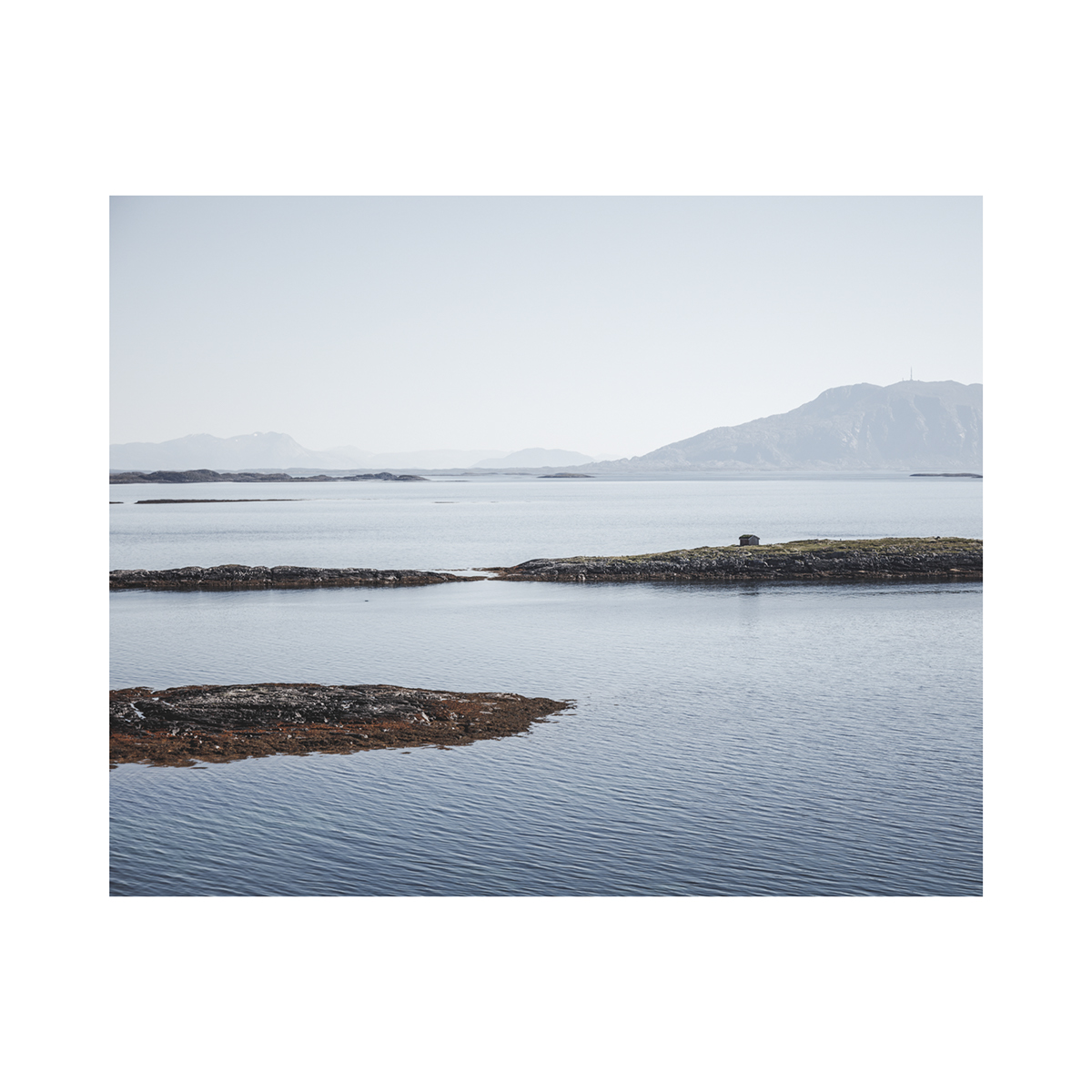
Norway is a country that only recently found its fortune in the oil fields of the North Sea. Before that you lived off the sparse flat land areas available for farming, and the backbone it took to row out into the Norwegian Sea to land a good catch. When reading the history of some of these islands you understand how life as a fisherman/farmer on Helgelandskysten wasn’t easy and not quite as picturesque as these images might show. Men dying young at sea, children not making it through the winter, wives left lonesome waiting for soothers to come to their island and offer them their hand – because you just didn’t survive alone out here with only a couple of cattle and chicken to get by - you needed to be a team where both husband and wife contributed to the work load. You needed a community and you had to have a profound understanding of the nature surrounding you.
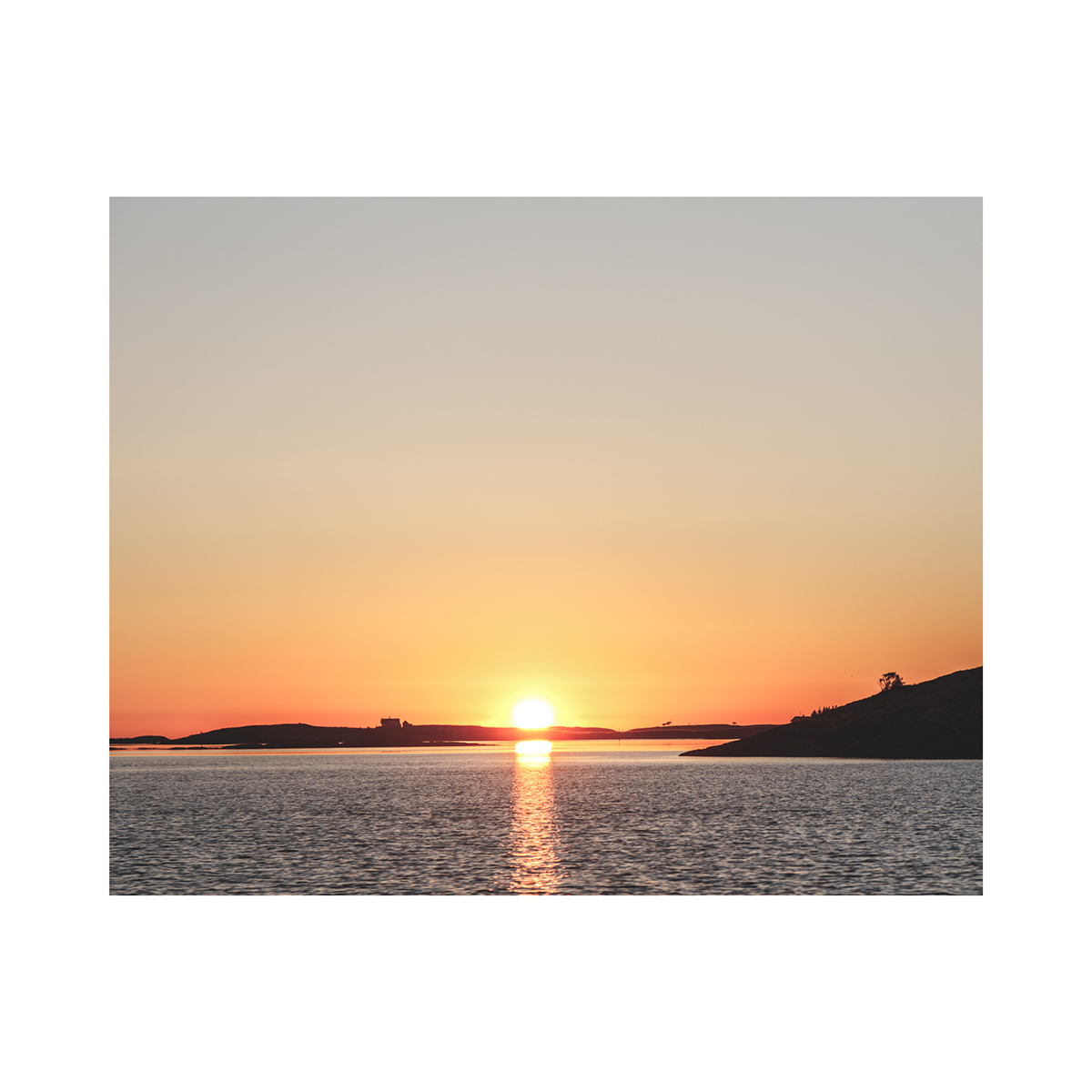

leave Helgelands Coastline behind me and continue on the roadscapes of a country, where you find the journey is often more rewarding than what you thought was your destination.// You can follow the trip on -www.facebook.com/COASTSeachange or on instagram - @ras_coast

